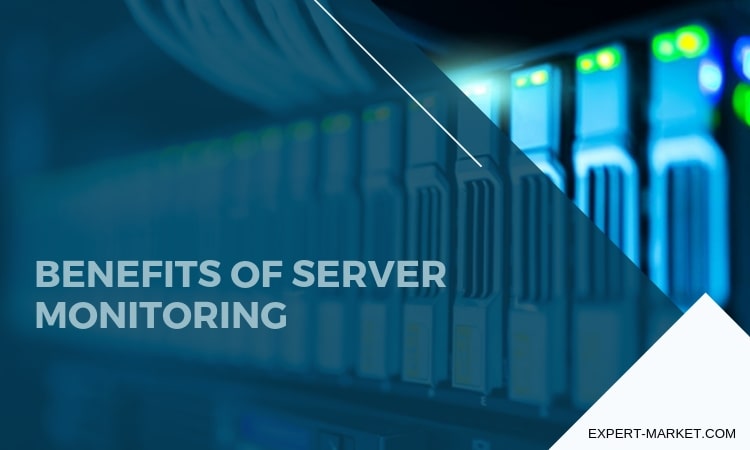There is almost always a flurry of questions in every company. Business leaders are asking about the bottom-line and revenue. Marketers are breaking into a sweat trying to answer questions about the next advertising campaign. The Account/Finance department is haggling over budgets and costs. That is in place.
But one question which every department – regardless of expertise – should be asking is this: Is the server being monitored?
You might be thinking – shouldn’t this just be the headache of the IT team? Well, not quite. Let’s put it this way: without a functioning server, a company is as good as dead.

As Good as Dead?
The answer is an emphatic yes, and this is why: Think of your company server as your heart. Once it stops working or ceases to perform at an optimum level, the whole body goes with it.
The level of functionality of your company’s server will determine the output of your company. So, just like a doctor checks a person’s heartbeat to measure the health of a body, constant monitoring of your server will give you clarity on your company’s performance.
Some of the items monitored during server monitoring include memory, CPU usage, network traffic, server hardware and applications running on the operating system. In-depth server monitoring may examine features like memory pages, disk queue length, hit/sessions, active sessions and network bytes.
Monitoring can be tailored to the particular needs and data requirements of a company. Here are 4 top benefits of server monitoring
Molehills Won’t Become Mountains
In IT, small problems that seem harmless can blow up and become larger issues in no time. Some of the small challenges with a server system may not be easily noticeable.
However, with an automated monitoring system, such faults can be quickly detected and fixed before they morph into something else. Once an irregularity is detected, automated scripts work to kick start the requisite action to arrest the irregularity.
You Won’t Have to Break the Bank
With real-time server monitoring, you are able to identify and address potentially crippling errors before they end up breaking the bank. Server downtimes are expensive: Fixing and overhauling your server costs money. Additionally, the hours that are lost at work simply because a server is down can cost a company.
While server monitoring comes with costs, those initial costs cannot be compared with the costs that will accrue from a lack of monitoring. Server monitoring tools will save you a lot of time and money.
No Decision Making on a Whim
Every company is a reflection of the decisions it has made over time. But effective decision making is one that is driven by data. Real-time server monitoring helps unveil key statistics of the server. For instance, knowing how much load your server can take at peak load will help ensure proper planning and optimization so as to avoid crashes.
Thus, from data gleaned from monitoring servers, you can engage in informed capacity planning for your IT infrastructure. You will have a good idea on which parameters should be updated, repaired, upgraded or completely replaced.
Increased Security
Considering how expensive breaches in the security apparatus of a company are, security must be prioritized at all levels. Monitoring your system’s firewall and installing the required security infrastructure allows you to foil the attempt of hackers in any form.
With real-time server monitoring, you won’t be a spectator who’s only roused to act when all hell breaks loose. Key items such as malware, uploads, file changes, brute force attacks or port scanning will be picked up and the appropriate actions or alerts will be undertaken.
Let’s Draw the Curtains Down
Server monitoring is a vital cog in the functioning of your company’s IT infrastructure. Through this monitoring, you can catch little errors and ensure server downtimes are drastically reduced or banished for good. This will allow for a great end-user experience.




























